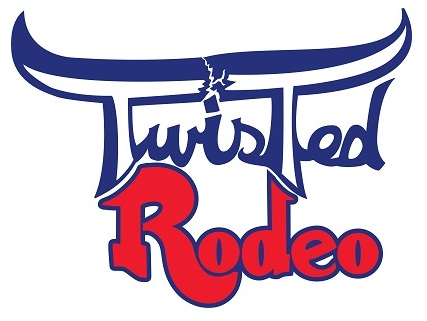Cowboy Reunion and Rodeo celebrates 90 years of history

(PHOTO COURTESY OF THE HERITAGE MUSEUM OF BIG SPRING)
BIG SPRING, Texas – The history of rodeo in this part of west Texas is long and lush, with cowboy tales dating back to the 1800s and an informal gathering of ranch hands in Big Spring nine decades ago.
This is where seven-time world champion Toots Mansfield played the game as a superstar and where a cowboy named Herbert Frizzell got his revenge on a bully rodeo judge named “Buck” Jones during the second night of the 1949 Big Spring Cowboy Reunion and Rodeo. When the dust settled that warm night, Jones was dead, as was an innocent bystander, a cowboy named “Sonny” Myers, who was hit by a stray bullet intended for Jones.
Dane Driver is the fourth generation of his family to be involved with producing the rodeo. It started with his great-grandfather, Ira Driver, who was a founding member of the rodeo committee. He passed his passion for the sport to his son, E.P., who shared it with his son, Skipper, Dane’s dad and a Texas Rodeo Cowboy Hall of Fame inductee.
The youngest of those men is a big part of this year’s Big Spring Cowboy Reunion and Rodeo, set for 7:30 p.m. Thursday, June 20-Saturday, June 22, at the Rodeo Bowl. The event is celebrating its 90th year, and the history lessons that come with the rodeo are a big reason why this community continues to commemorate its past.
Tumbleweed Smith understands the importance of rodeo on Big Spring’s landscape. He’s a local personality that has reported about the goings-on with the Western way of life. He created an audio documentary in the 1980s as a way to look back at the first 50 years of the cowboy reunion and rodeo.
“We just met together and decided to have a rodeo,” Charlie Creighton, another of the event’s founders, told Smith in the documentary. “We organized and sold stock, bought 20 acres and built grandstands and corrals. After the first show, we paid it off pretty well.”
The country had been in a landslide because of the Great Depression. Life was easing back toward normal, but folks had no place to go. There were six shows over three days: three matinees and three evening performances. There were good crowds, and people seemed anxious for some place to go. Admission was 45 cents.
“If we’d charged 50 cents, we would have had to pay tax, so we dropped it to 45 and didn’t have to be bothered with the tax,” Creighton said.
The first rodeo took place in a makeshift arena near what is now Howard College.
“Spectators sat in their cars, which were parked around to make a neutral arena for the performers,” Creighton told Smith for the documentary. “That’s all the fence we had.”
It wasn’t long before the arena was built. About 15 years later, though, organizers decided to make an upgrade, and the Rodeo Bowl was created. The first rodeo in it took place in 1950 with great fanfare. The governing board sold the previous arena to move to the Rodeo Bowl.
“Town was building quite a bit,” Creighton said. “They wanted to build for a building addition, so we decided to sell that and move out. Money was one of the real reasons we did it. It put us in shape to build this present Rodeo Bowl.”
Over 90 years, much has changed both locally and in the sport of rodeo. The foundation of the sport, which dates back to the Cowboy Era for which west Texas is so well known, still thrives. It’s why rodeo cowboys and cowgirls build their dreams in the Western lifestyle and why events like the Big Spring Cowboy Reunion and Rodeo continue to thrive.
